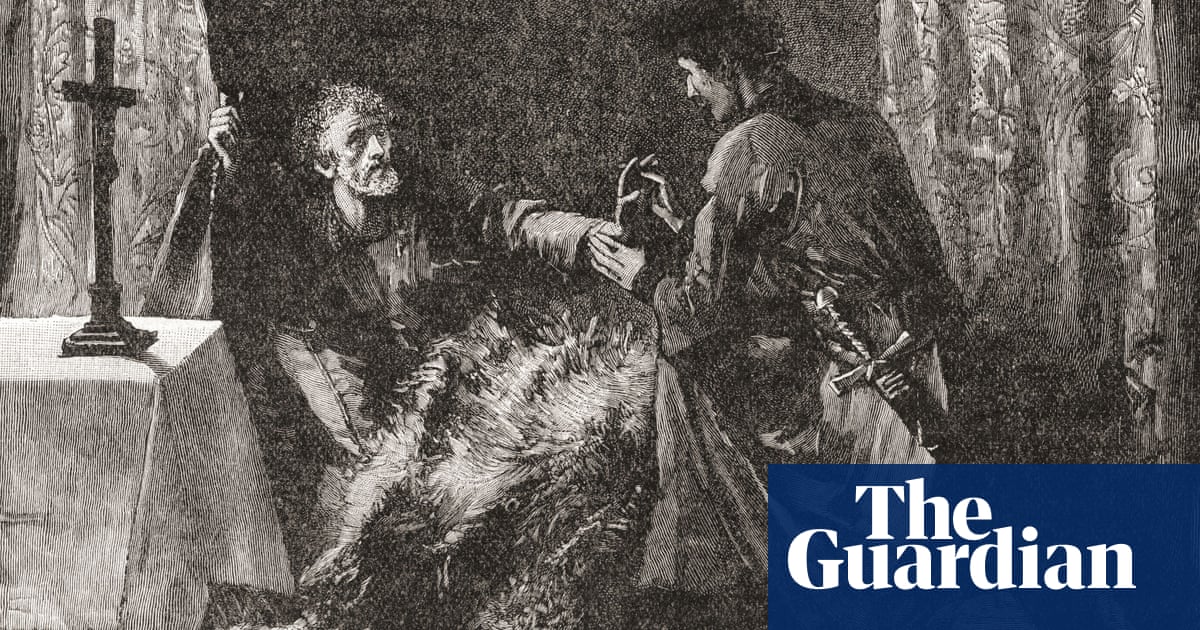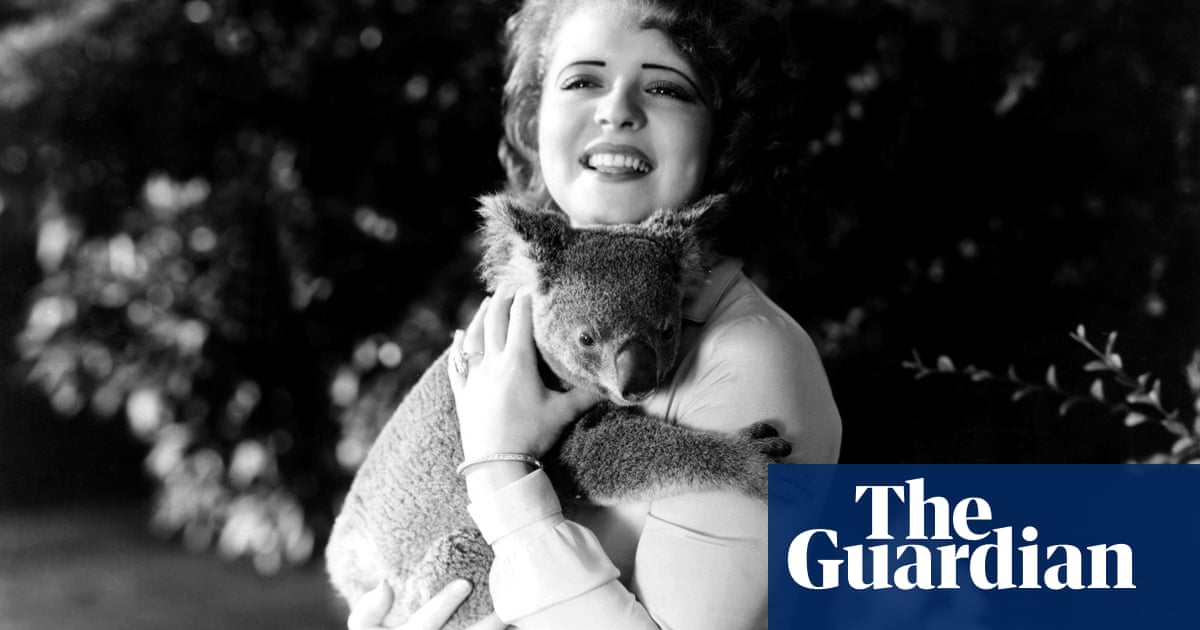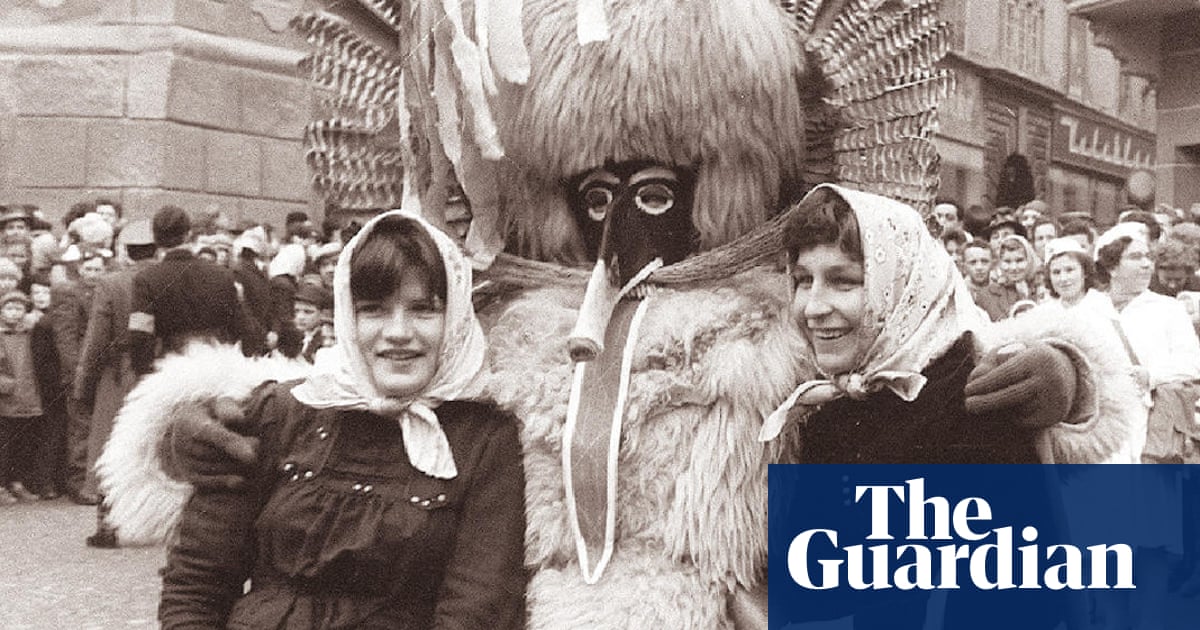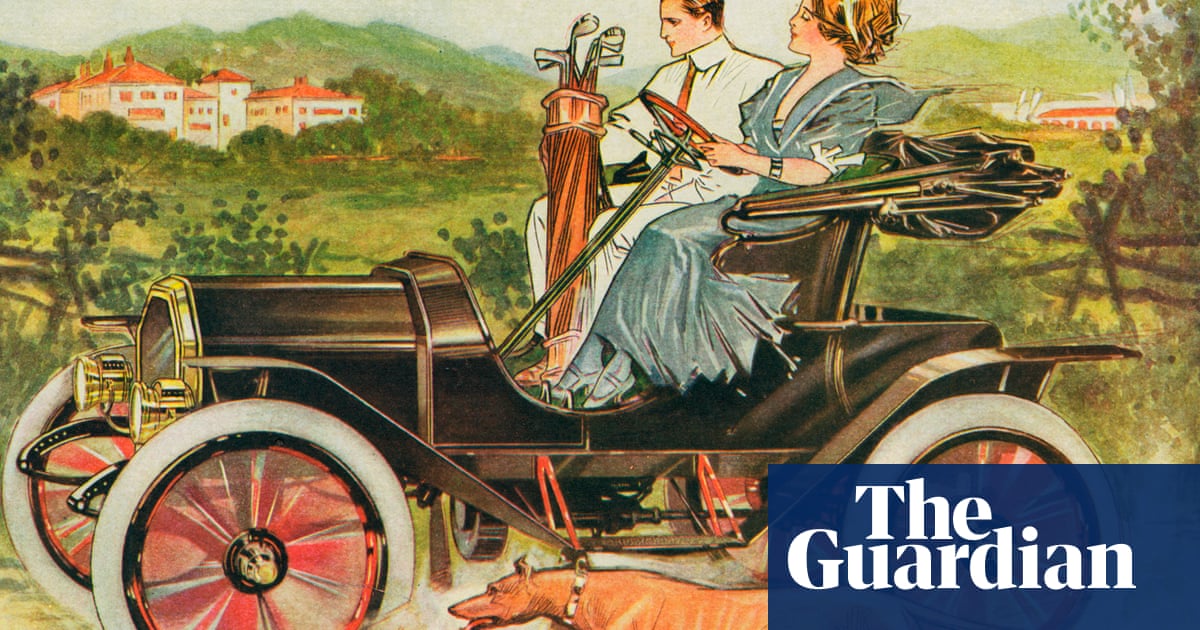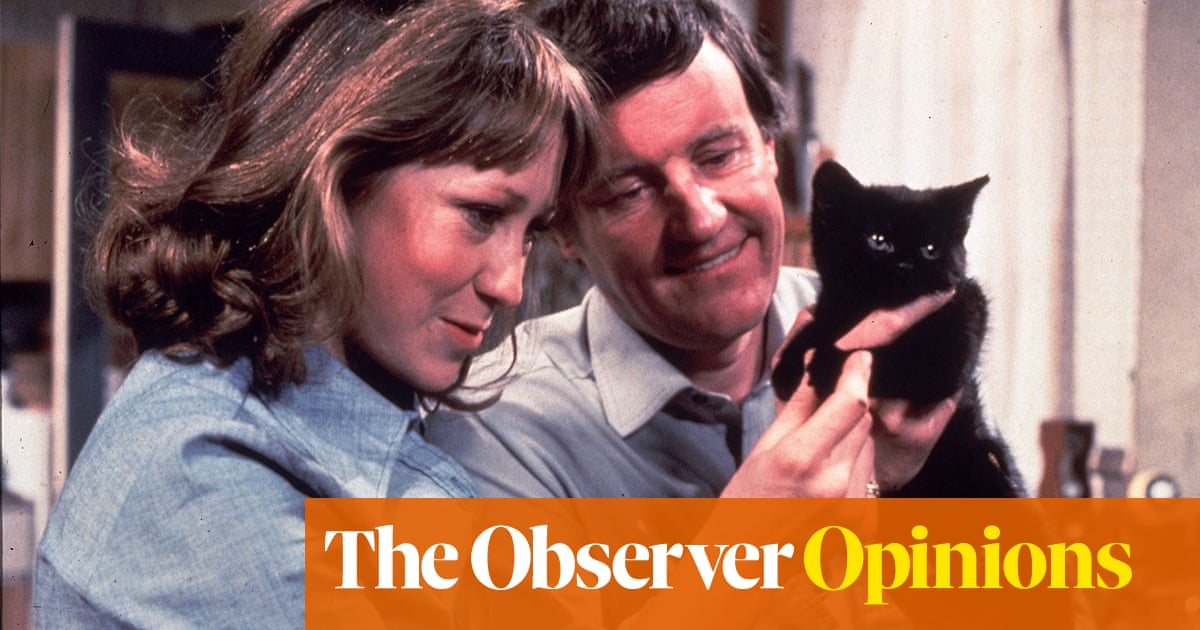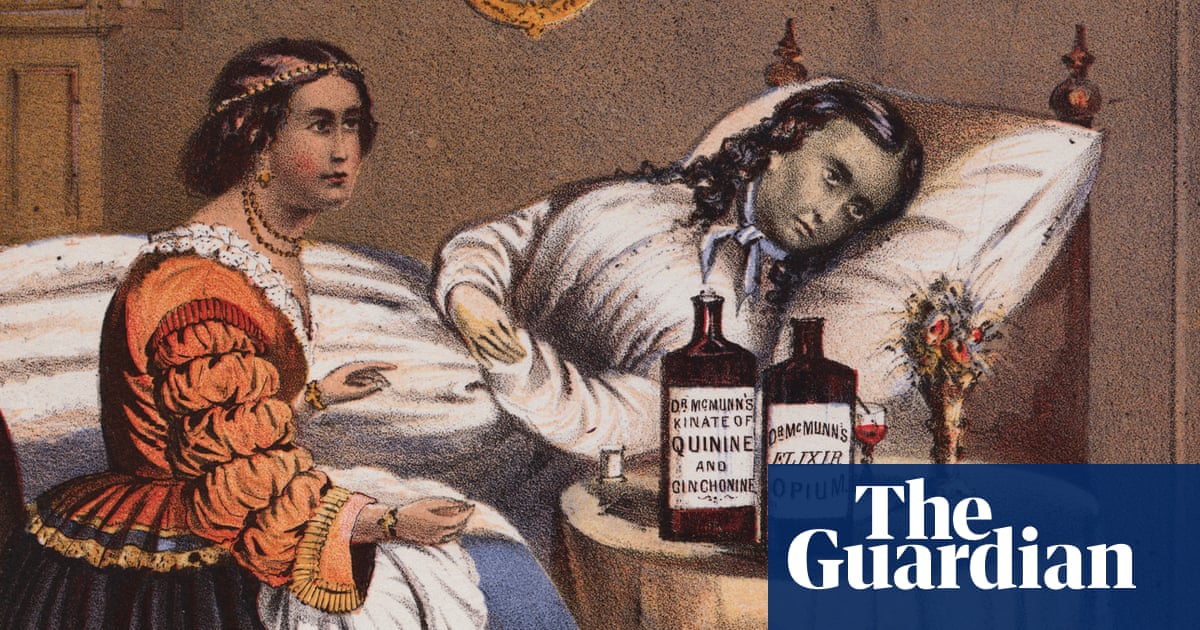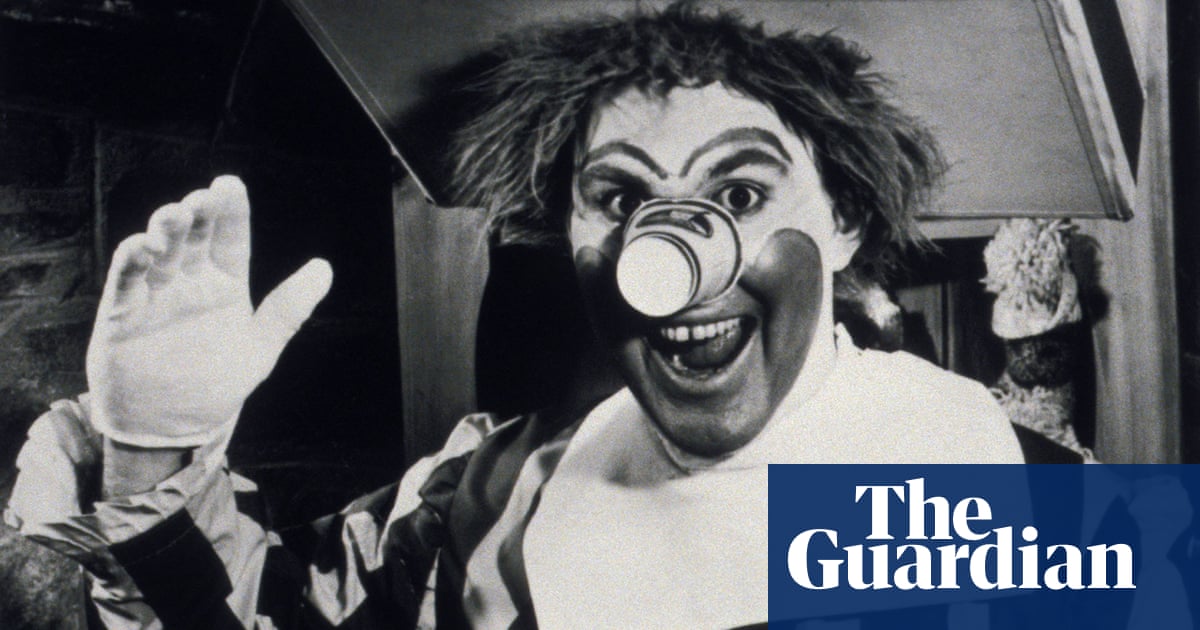
Mascots are weird. But then so are we. Why do we allow our purchases to be influenced by the chirpy golems (a sexy banana, say, or anthropomorphic mucus) that emerge from the over-refreshed imaginations of ad execs? What unholy alliance of fandom and corporate stupidity brought most sports mascots into being (with the honourable exception of Partick Thistle’s peerless Kingsley)? How unhealthy would a tiger become if it lived on frosted wheat flakes? What the hell were Wenlock and Mandeville, the London 2012 Olympics masc-blobs, all about?
I can offer no answers, only a microscopic amount of history. The word mascot is derived from the Provençal mascoto, meaning spell or enchantment. It only entered common English usage in the late 19th century, partly thanks to an opera, La Mascotte, about a “keeper of turkeys” who brought people luck, as long as she remained a virgin: yes, it started weird and remained so.
The Quaker Oats chap is probably one of the earliest surviving brand mascots (a trademark was registered in 1877 for a figure of a man in “Quaker garb”), and the earliest sports version was possibly Handsome Dan, a (live) bulldog led across the sports fields at Yale from 1889. (At least 17 subsequent bulldogs have borne the name; the original was stuffed.)
But mascot mania kicked off in earnest in the 1920s. Brand mascots became popular media stars, to the extent that one cigarette brand got regular post addressed “Dear Mr Jenkyn” (their fictitious mascot butler). Mascots offered delight and familiarity; they had fans – people flocked to exhibitions to meet them – and were popular fancy-dress costumes.
Interestingly, many early mascots were “conspicuously upper class”, from a top-hatted Johnnie Walker to Sharp’s Toffee’s Sir Kreemy Knut, on whom I will make no further comment. Heinz had Mr Aristocrat – a touch literal – with the authentically gouty, puce face of a true blue-blood, and Planter’s monocle-wearing Mr Peanut looks as if he’s preparing to grind his spats in the face of the working man. Do you really want your snack looking down at you?
Anyway, we’re not here to try to fathom the depths of the consumer soul, we’re here to laugh at stupid characters and costumes. So while we wait for this summer’s clitoral Paris Olympic mascots les phryges to burst on to the scene, let’s do exactly that.
Bibendum (Michelin), 1894
He may be jolly now, but the early Michelin Man bounced straight out of the nastiest corner of a tyre executive’s psyche (apparently André Michelin had the idea on seeing a humanoid-looking pile of tyres in Lyon in 1894). The weird void where his mouth should be, but isn’t, is particularly unnerving, and why is he wearing pince-nez? He doesn’t have eyes! The Michelin guide itself says he once resembled a “creepy mummy-like figure” and explains he was portrayed holding a martini glass of nails and broken glass with the Latin motto Nunc Est Bibendum: “now is the time to drink”. I should say it is.
Peppy (Fox’s Glacier Mints), 1922
Aw, this isn’t shocking, it’s cute. Some wholesome facts: the bear was the product of a staff competition at Fox’s Leicester factory to create a mascot; it was called Peppy (short for peppermint); and the first logo was drawn by Clarence Reginald Dalby, who went on to illustrate early Thomas the Tank Engine books.
Oh no, hang on, it is awful. “Around the time the logo was completed, the company commissioned a taxidermist to shoot and stuff a real polar bear,” according to the Leicester Mercury. Argh! The firm would then cart this and four other stuffed bears around the country to advertise mints. The photo caption says “model bear”, but is it?
Green Giant, 1925
Although the jolly green giant seems benign, what with the laughing, gardening and enabling your five a day, he started life in 1925 neither green nor particularly cheery. Ad executives struggled with the very real problem of people finding him terrifying and stratagems included not showing the whole of him, only showing him very far away and giving him his “ho ho ho” catch … laugh? I assumed the tiny woman pictured here was just a customer he was being friendly to but the internet has speculated, disturbingly, that it is his human wife. Either way, there’s a scale problem here: a single kernel of that sweetcorn is the size of her head.
Krinkles the Clown (Sugar Rice cereal), 1956
There seems to be very little information out there about Krinkles, the star of a commercial so disturbing its eternal afterlife on the internet is guaranteed: it’s probably all in a heavily guarded facility in Area 51. In the ad, this raddled gentleman pokes his head out of what appears to be a kennel after what was clearly a heavy night, crashes his way through the scenery, then eats some cereal. “So krinkly, so delicious, so different!” Indeed.
Ronald McDonald, 1963
Early mascot creation was a world of chaos: Ronald was created by a McDonald’s franchisee, Willard Scott, who later became a weatherman. The television advert – in which Ron McD skates dangerously towards the camera, arms windmilling, falls over like some kind of American Frank Spencer, then flies in the face of a parental warning on stranger danger by giving a child three hamburgers – would never fly with corporate these days. But how bad is he? Yes, he’s awful: the cup nose, the rictus grin, whatever that jumble sale on top of his head is. But I think I prefer this anarchy to the focus group-honed current monster of blandness.
Martians (Smash), 1973
I grew up enthralled by the Smash Martians, lo-fi galactic explorers who mocked humans for their primitive insistence on mashing potatoes rather than adding hot water to flakes to create a gluey, greyish paste. The account executive forced to suggest the (awful) idea to Cadbury reportedly “resigned in a fit of pique”; Cadbury hated it, but focus groups didn’t and, launched in 1973, the Smartians became a true phenomenon, spawning acres of still-popular merch (including replicas made with pilfered car factory parts) and earning the enduring love of gen X kids. I’ve mainly included them for this superlative description of their laughter: “It sounded like the cackling of corncrakes in a biscuit tin.”
Amik (Montreal Olympics), 1976
Is it a Jeff Koons? A pile of bear poo? A homemade sex toy? An abstract representation of despair? No, it’s Amik, the Montreal Olympics beaver. What could more perfectly embody the triumph of the human spirit, diversity, friendship and sportsmanship than this sinister black shape? Amik is a thrillingly terrible mascot and I would definitely have bought the commemorative plushy. Thank you, Canada.
Sam the Eagle (LA Olympics), 1984
Has there ever been a good Olympic mascot? I like Munich 1972’s Waldi, a bog-standard but charming sausage dog in a stripy jumper, but most of them are over-designed into an uncanny valley of awfulness. You can’t accuse Sam the Eagle (Los Angeles, 1984) of that – he is so, so basic – but there’s something quite chillingly totalitarian about the way he’s striding around here, alone, in front of massed ranks of obediently seated women in white.
Mr Peanut (Planters), 1916–2020
This supercilious chap is Bartholomew Richard Fitzgerald-Smythe, AKA Mr Peanut. Born in 1916, he was Planters’ “nut of substance and quality” for 84 years, but the aristocratic groundnut was unceremoniously killed off in a shocking 2020 Super Bowl ad. In it, Mr P’s Nutmobile goes off a cliff after swerving to avoid an armadillo (?) leaving him, and the actors Matt Walsh and Wesley Snipes hanging precariously from a tree (??). The nut heroically lets go, to save them (???).




